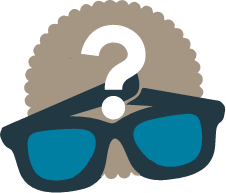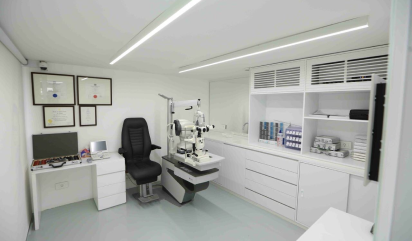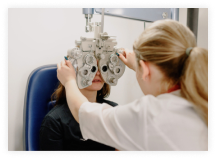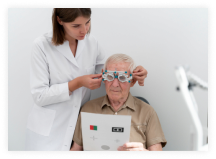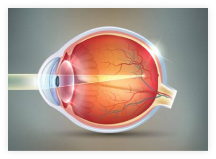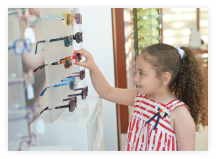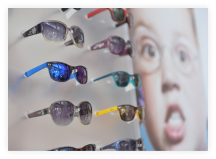Low Vision refers to a persistent loss of functional vision that remains even after correcting distance refraction. While eye diseases are the primary cause of Low Vision, it can also result from inherited conditions or injuries to the eye or brain.
Do You Feel the Need to Check a Low Vision Therapist?
Are you struggling with reading, writing, watching TV, recognizing objects from a distance, or enjoying your hobbies? With the right optical device and proper training, many Low Vision patients can regain their ability to perform daily activities and restore much of their lost independence. A Certified Low Vision Therapist uses specialized vision instruments to assess visual acuity, fields of vision, perceptual and motor functioning, color vision, contrast sensitivity, and stereopsis, as well as skills related to reading and writing, to evaluate visual disabilities and impairments.
What to expect in the 1-hour low vision Exam?
- A thorough comprehensive history of the visually impaired individual is taken.
- The cause and effect of the impairment are identified to perform a complete subjective refraction, aiming to achieve the best possible retinal image.
- Visual acuity is measured with the optimal lens prescription to determine the necessary magnification.
- The patient's ability to understand and use the most effective visual aids for required tasks is assessed.
- Finally, the selection of Low Vision Aids is made collaboratively by the practitioner and the visually impaired person.

